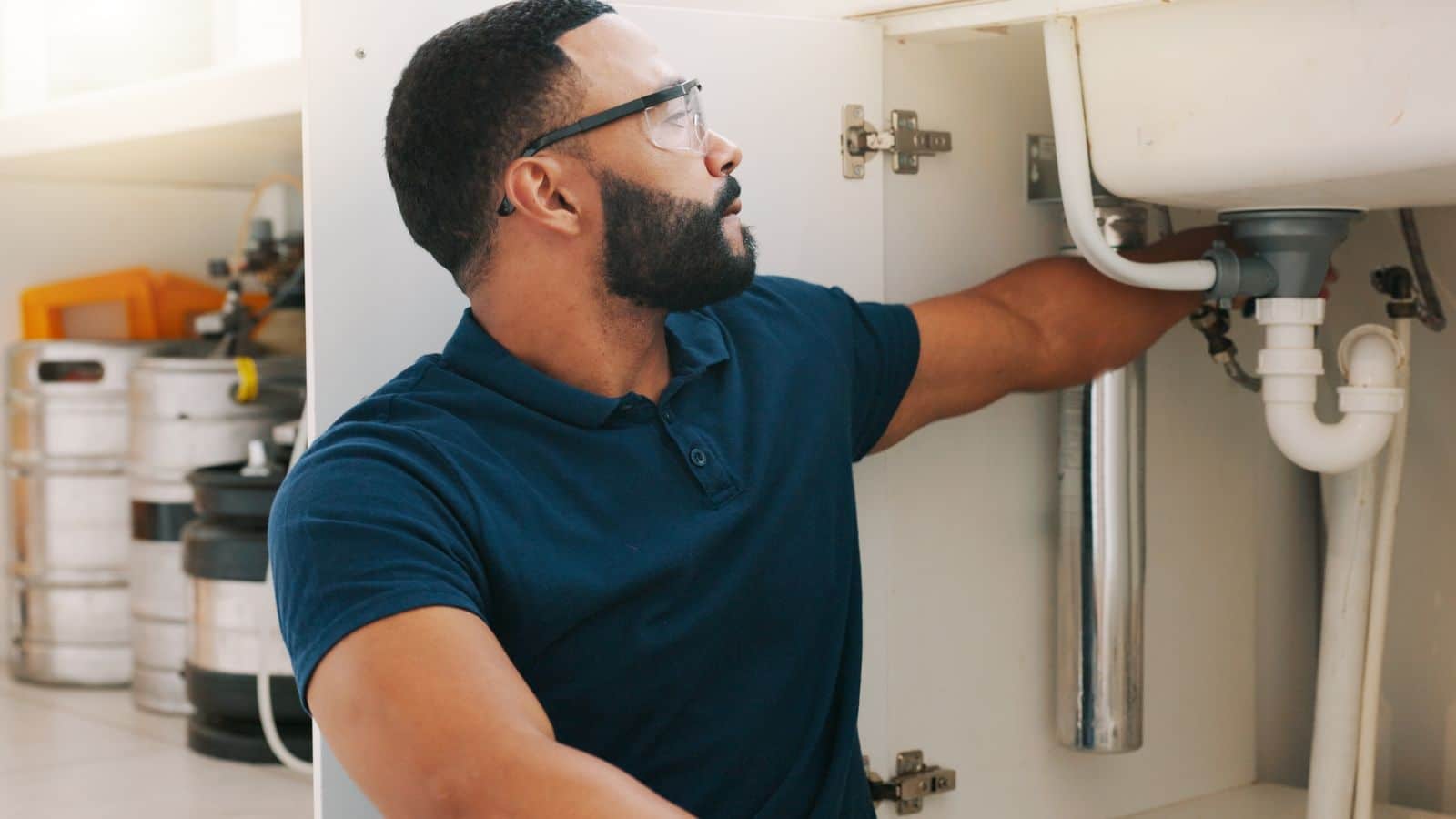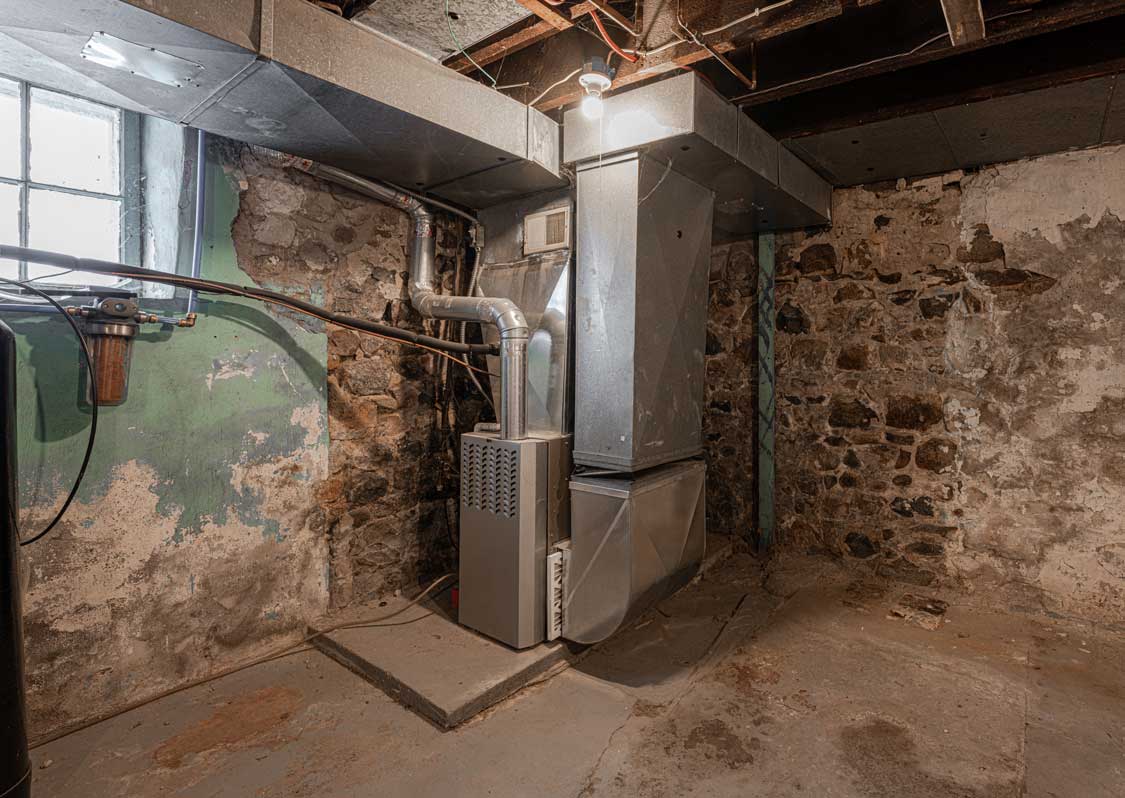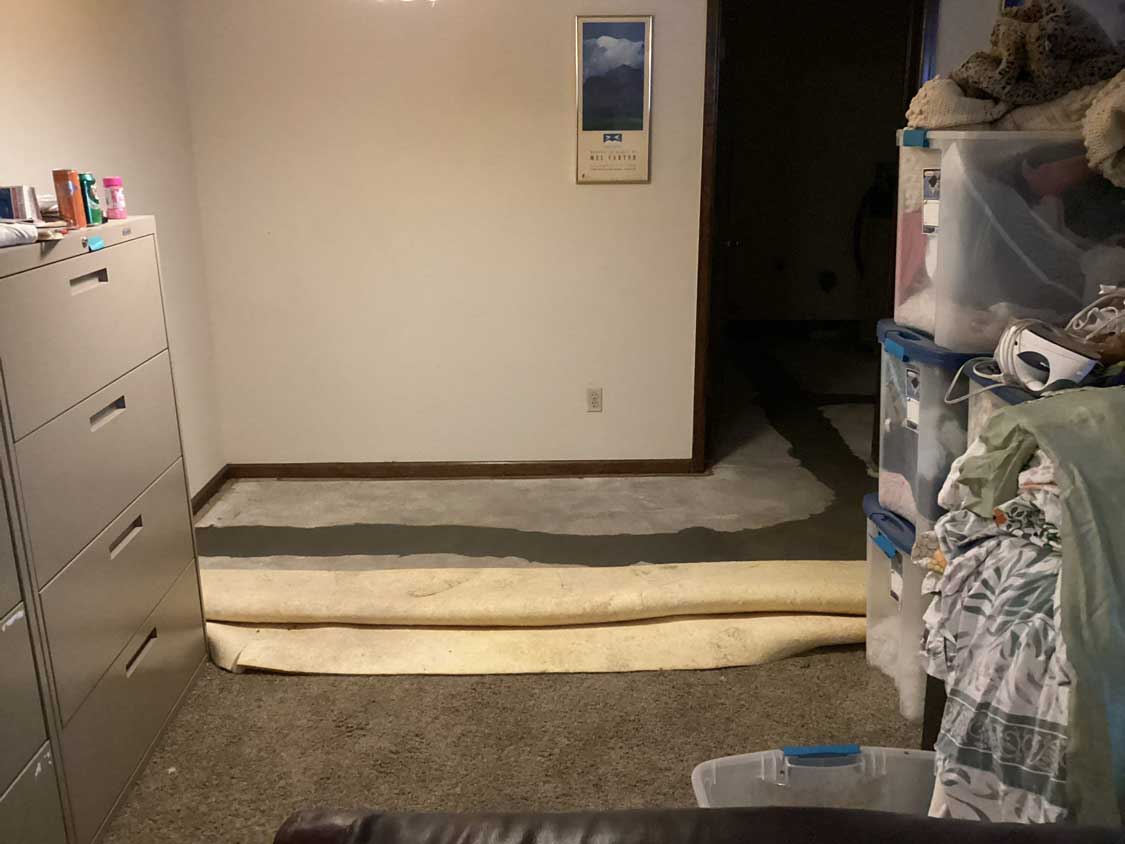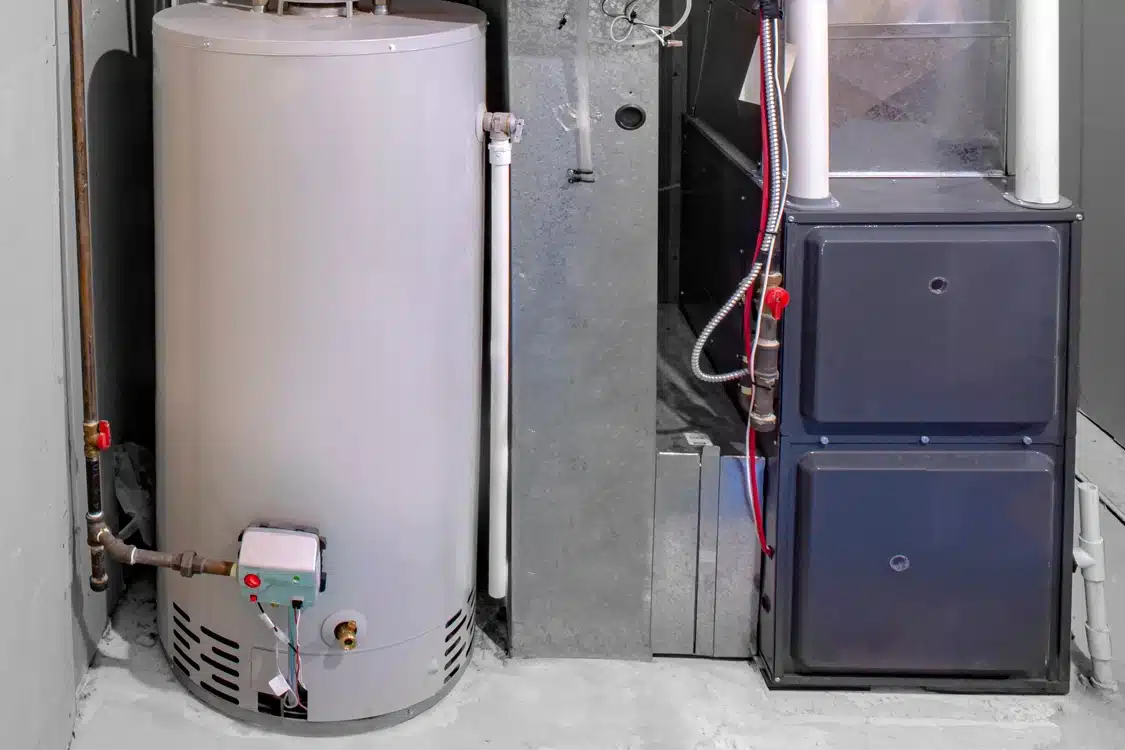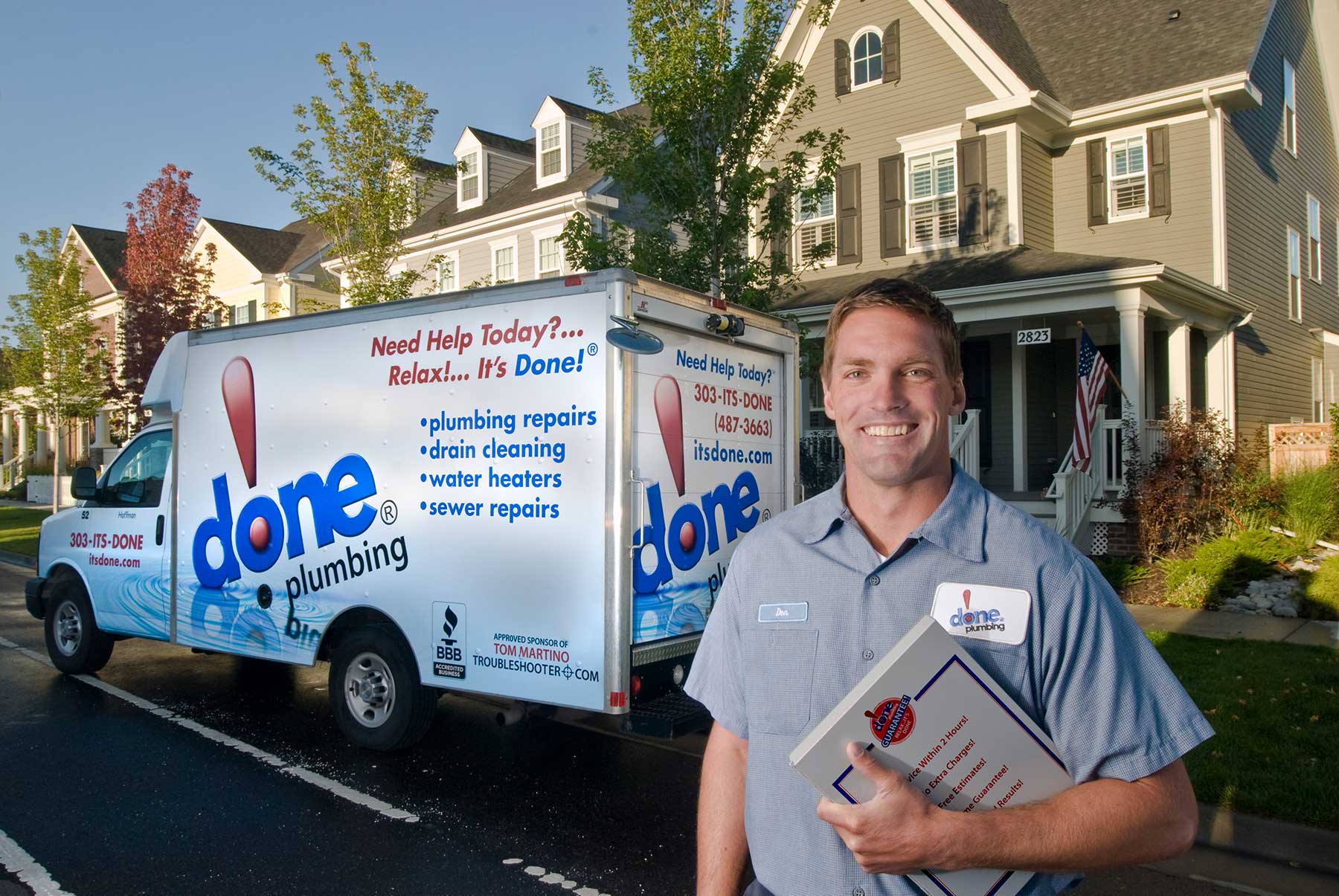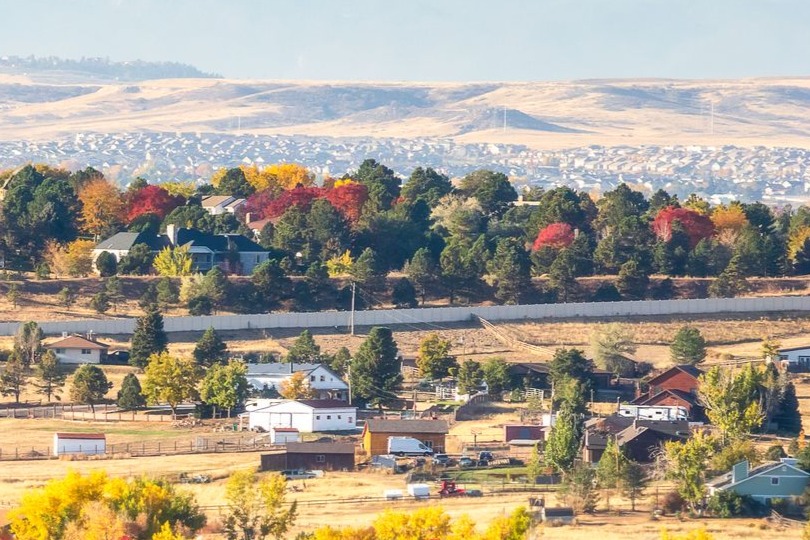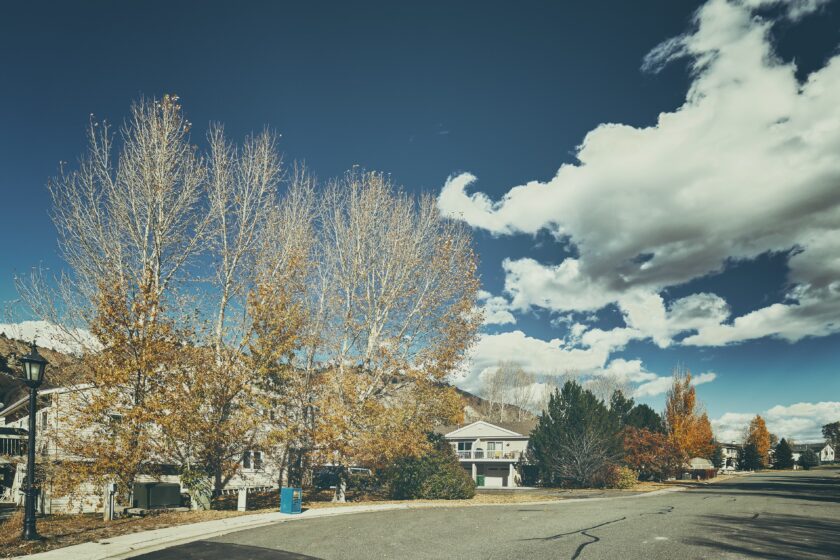When unpleasant odors start wafting from your sinks or drains, it can quickly disrupt the comfort of your home. Homeowners in Denver and Aurora know that keeping a fresh-smelling home isn’t just about cleanliness—it’s also about ensuring your plumbing is in top shape. One common yet often overlooked culprit behind those unwelcome smells is a malfunctioning P-trap.
Since 1999, Done Plumbing, Heating, Cooling, and Electric has been the go-to expert for plumbing solutions across the Denver metro area, including Aurora, Morrison, Thornton, and beyond. Our commitment to swift and effective service means we’re always ready to tackle any plumbing issue, big or small. With our comprehensive maintenance plans, we help homeowners prevent the nuisance of sewer gas odors, keeping your home comfortable and your plumbing system running smoothly.
In this article, we’ll delve into what a P-trap is, why it’s essential for keeping your home’s plumbing odor-free, and how our team is equipped to address any problems that arise. Whether you’re dealing with mysterious smells or want to prevent future issues, we’re here to provide the insights and solutions you need.
P-Traps: The Unsung Heroes of Your Plumbing System
P-traps are U-shaped sections of pipe located beneath your sinks, showers, and other drain fixtures. These curved pieces of plumbing may seem simple, but they serve a vital purpose in your home’s wastewater system. Without properly functioning P-traps, your living spaces would be filled with the unpleasant odors of sewer gases and potentially harmful bacteria.
The primary function of a P-trap is to create a water seal between your drain and the rest of your plumbing system. This seal acts as a barrier, preventing sewer gases from backing up into your home through the drain. The water that remains in the curved portion of the P-trap after each use is what creates this essential seal, trapping odors and gases in the pipes where they belong.
In addition to their odor-blocking capabilities, P-traps also play a role in catching small objects that may accidentally fall down the drain, such as jewelry or hair pins. The curved design of the trap allows these items to settle in the bottom of the U-bend, making them easier to retrieve without having to call in a professional plumber to disassemble your pipes.
How Does a P-Trap Work to Prevent Sewer Gas Odors?
To understand how P-traps keep your home free from unpleasant sewer odors, it’s essential to take a closer look at their design and the principles behind their function. The key to a P-trap’s effectiveness lies in its U-shaped bend and the water that remains trapped within it.
- Water Seal: After each use of a sink or drain, a small amount of water remains in the bottom of the P-trap’s U-bend. This water creates a seal that prevents sewer gases from passing through the drain and into your living spaces. As long as this water seal remains intact, your home will be protected from the unpleasant odors and potentially harmful gases that can emanate from your plumbing system.
- Pressure Equalization: P-traps also help to equalize the pressure between your home’s plumbing and the municipal sewer system. This pressure balance is essential for preventing sewer gases from being forced back up through the drains and into your home. The water seal in the P-trap acts as a barrier, allowing wastewater to flow out while preventing gases from coming back in.
- Maintaining the Water Seal: To ensure that your P-traps continue to function properly, it’s crucial to maintain the water seal. This means regularly using your sinks, showers, and other drains to keep the water in the P-trap from evaporating. In rarely used drains, such as those in guest bathrooms or laundry rooms, it’s a good idea to run water through them periodically to replenish the water seal and prevent sewer gases from seeping through.
- Venting: In addition to the water seal, proper venting is also essential for the functioning of P-traps. Plumbing vents, which are typically located on your home’s roof, help to regulate the pressure within your plumbing system and prevent the water in your P-traps from being siphoned out. If a P-trap loses its water seal due to improper venting, sewer gases can enter your home, leading to unpleasant odors and potential health risks.
By understanding the mechanics behind P-traps and the importance of maintaining their water seals, you can help ensure that your home remains free from the unpleasant and potentially harmful effects of sewer gases. Regular use of your drains and proper venting are key to keeping your P-traps functioning as they should, providing you with a healthier, more pleasant living environment.
Common Problems with P-Traps and How They Cause Smells
While P-traps are designed to keep sewer gases and odors at bay, they can sometimes fall victim to common issues that disrupt their functionality. When these problems arise, you may notice unpleasant smells wafting from your drains, signaling that your P-trap isn’t working as it should. Let’s take a closer look at some of the most frequent culprits behind P-trap failures and the foul odors they can cause.
One of the primary reasons P-traps fail is due to drying out. When the water seal in the trap evaporates, it no longer forms a barrier against sewer gases, allowing them to escape through your drains and into your living spaces. This can lead to the distinct odor of sewage permeating your home, creating an unpleasant and potentially unhealthy environment.
Another common issue that can cause P-trap failures is leaks. Even a small crack or loose connection in the trap can allow water to escape, eventually leading to a loss of the water seal. As the water level in the trap drops, sewer gases can begin to seep through, resulting in noticeable odors near the affected drain.
Improper venting can also play a role in P-trap problems. Without adequate venting, the water in the trap can be siphoned out, breaking the seal and allowing gases to pass through. This can happen when there’s a blockage in the vent stack or if the venting system wasn’t designed correctly to begin with.
Why Do P-Traps Dry Out?
- Infrequent use: One of the most common reasons P-traps dry out is simply due to lack of use. In bathrooms or kitchens that aren’t utilized regularly, such as guest rooms or vacation homes, the water in the P-trap can slowly evaporate over time. Without frequent replenishment, the water level drops, and the seal is broken, allowing sewer gases to escape.
- Cracks or leaks: Even a tiny crack in the P-trap or a loose connection can cause water to leak out gradually. As the water level decreases, the seal becomes less effective, eventually failing and permitting odors to enter your home. Regularly inspecting your P-traps for signs of damage or leaks can help you catch these issues before they lead to more serious problems.
- Denver’s dry climate: Living in Denver, you may be more susceptible to P-trap issues due to the area’s dry climate. With lower humidity levels, the water in your P-traps can evaporate more quickly, increasing the likelihood of dry traps and sewer gas leaks. Running water through rarely used drains more frequently can help combat this problem and keep your P-traps functioning properly.
The Role of Venting in P-Trap Functionality
- Disrupting the water seal: Proper venting is crucial for maintaining the water seal in your P-traps. When a plumbing system lacks adequate venting or has a blocked vent stack, it can create negative pressure within the pipes. This pressure imbalance can cause the water in the P-trap to be siphoned out, effectively breaking the seal and allowing sewer gases to enter your home.
- Signs of improper venting: If you notice gurgling sounds coming from your drains or bubbles forming in the toilet bowl when you run water in a nearby sink, it could be a sign of a venting issue. Slow drains, despite no apparent blockages, can also indicate a problem with your plumbing’s venting system. If you suspect that improper venting is affecting your P-traps, it’s best to consult with a professional plumber to diagnose and resolve the issue.
By understanding the common problems that can affect your P-traps and the role that venting plays in their functionality, you can take steps to prevent sewer gas leaks and keep your home smelling fresh. Regular maintenance, such as running water through rarely used drains and checking for leaks, can go a long way in ensuring your P-traps continue to do their job effectively. If you do encounter persistent odors or suspect a more serious issue with your plumbing system, don’t hesitate to reach out to a trusted plumbing professional for assistance.
Where Are P-Traps Located in Your Home?
P-traps are an essential component of your home’s plumbing system, working tirelessly to keep sewer gases and odors at bay. These U-shaped pipes can be found in a variety of locations throughout your house, serving as a critical barrier between your living spaces and the potentially harmful gases that can emanate from your wastewater system. Let’s take a closer look at where you can expect to find P-traps in your home.
- Under Sinks: One of the most common locations for P-traps is beneath your kitchen and bathroom sinks. These traps are typically visible when you open the cabinet doors and are connected to the sink’s drain pipe. The P-trap’s U-shaped design allows it to retain a small amount of water, creating a seal that prevents sewer gases from escaping through the drain and into your home.
- In Showers and Bathtubs: P-traps are also present in your shower and bathtub drains, although they may not be as easily accessible as those under your sinks. These traps are usually located beneath the floor or within the wall, depending on your home’s plumbing configuration. Just like sink P-traps, they work to keep sewer gases from entering your bathroom through the drain, ensuring a more pleasant and hygienic environment.
- Laundry Room Drains: If your home has a dedicated laundry room, you’ll likely find a P-trap beneath the washing machine’s drain pipe. This trap serves the same purpose as those found in other areas of your home, preventing sewer gases from seeping into your living spaces through the drain. Regularly checking and maintaining this P-trap is essential, as lint and debris from your laundry can sometimes accumulate within the trap, leading to clogs or leaks.
- Floor Drains: In some homes, particularly those with basements or utility rooms, you may encounter floor drains designed to prevent flooding or manage excess water. These drains are also equipped with P-traps, which help to keep sewer gases from rising through the drain and into your home. Because floor drains are often used infrequently, it’s crucial to periodically run water through them to maintain the water seal and prevent the trap from drying out.
- Toilets: While not as visible as other P-traps in your home, your toilet also features a built-in trap that serves the same purpose. This trap is typically located within the base of the toilet, forming an integral part of the fixture’s design. The water that remains in the bowl after each flush acts as the seal, preventing sewer gases from escaping through the toilet and into your bathroom.
The presence of P-traps in nearly every drain and plumbing fixture in your home highlights their importance in maintaining a safe, comfortable, and odor-free living environment. By understanding where these traps are located and how they function, you can better appreciate the crucial role they play in your home’s plumbing system.
Regular maintenance and inspection of your P-traps can help ensure they continue to work effectively, keeping sewer gases and unpleasant odors at bay. If you notice any persistent smells or suspect that a P-trap in your home may be malfunctioning, don’t hesitate to contact a professional plumber for assistance in diagnosing and resolving the issue.
How to Unclog a P-Trap Safely
When faced with a clogged P-trap, it can be tempting to try and tackle the issue yourself. However, Attempting to unclog a P-trap without the proper tools, knowledge, and experience can lead to further damage and potentially costly repairs. To ensure your P-trap is unclogged safely and effectively, it’s essential to rely on the expertise of professional plumbers. Here’s why:
- Proper Tools and Techniques: Professional plumbers have access to specialized tools and equipment designed specifically for unclogging P-traps and other plumbing components. These tools, such as plumber’s snakes, hydro-jetting machines, and drain cameras, allow them to identify and remove blockages quickly and efficiently, without causing damage to your pipes or fixtures. Additionally, plumbers are trained in the proper techniques for using these tools, ensuring that the job is done correctly the first time.
- Avoiding Damage: Attempting to unclog a P-trap without the necessary expertise can lead to accidental damage to the trap or the surrounding pipes. This can include cracking the trap, stripping the threads on the connections, or even breaking the pipe altogether. Such damage can result in leaks, water damage, and the need for more extensive repairs. By relying on a professional plumber, you can avoid these risks and ensure that your P-trap is unclogged without any unintended consequences.
- Identifying Underlying Issues: A clogged P-trap may be a symptom of a more significant problem within your plumbing system. Professional plumbers have the knowledge and experience to identify these underlying issues, such as tree root intrusion, pipe corrosion, or improper venting. By addressing these problems at their source, plumbers can help prevent future clogs and ensure that your plumbing system functions properly for years to come. Attempting to unclog a P-trap yourself may provide temporary relief, but it won’t resolve any deeper issues that may be contributing to the problem.
- Proper Reassembly: After unclogging a P-trap, it’s crucial to reassemble it correctly to ensure that it continues to function as intended. This involves properly aligning the connections, tightening the fittings to the correct torque, and testing the trap for leaks. Professional plumbers have the expertise to reassemble your P-trap correctly, guaranteeing that it will continue to prevent sewer gases from entering your home and maintain a tight seal against leaks. Improperly reassembled P-traps can lead to ongoing issues, such as sewer gas leaks or water damage, which can negatively impact your home’s air quality and structural integrity.
- Time and Cost Savings: While it may seem like unclogging a P-trap yourself can save you money, the reality is that it can often end up costing you more in the long run. Without the proper tools and expertise, you may spend hours trying to remove a stubborn clog, only to find that you’ve caused additional damage in the process. This can lead to the need for more extensive repairs, which can be far more costly than simply hiring a professional plumber from the start. By relying on a plumber’s expertise, you can save yourself time, frustration, and potentially significant repair costs down the line.
When it comes to unclogging a P-trap, it’s always best to trust the job to a professional plumber. Their knowledge, experience, and specialized tools ensure that the job is done safely, effectively, and efficiently, without the risk of causing further damage to your plumbing system. By addressing any underlying issues and properly reassembling the trap, plumbers can help keep your home’s plumbing functioning smoothly and prevent future clogs or leaks. So, the next time you encounter a clogged P-trap, don’t hesitate to call in the professionals – your home and your wallet will thank you in the long run.
Preventative Maintenance: Keep Your P-Trap in Top Shape
While P-traps play a crucial role in keeping your home free from unpleasant sewer odors, they can only function effectively when properly maintained. Incorporating a few simple preventative maintenance tasks into your home care routine can help ensure that your P-traps continue to work efficiently, preventing failures and keeping your plumbing system smelling fresh. Here are some tips to help you keep your P-traps in top shape:
- Regular Use: One of the easiest ways to maintain your P-traps is to use your plumbing fixtures regularly. Running water through your sinks, showers, and drains on a consistent basis helps replenish the water seal in the trap, preventing it from drying out and allowing sewer gases to enter your home. This is especially important for rarely used fixtures, such as guest bathroom sinks or laundry room drains. If you have a sink or shower that isn’t used frequently, make a point to run water through it for a few seconds each week to maintain the water seal.
- Avoid Harsh Chemicals: When faced with a clogged P-trap, it can be tempting to reach for harsh chemical drain cleaners as a quick fix. However, these products can actually do more harm than good. The corrosive nature of these chemicals can damage the pipes and connections in your plumbing system, leading to leaks and the need for costly repairs. Instead, opt for more gentle methods of clearing clogs, such as using a plumber’s snake or a mixture of baking soda and vinegar. If these methods don’t work, it’s best to call in a professional plumber to safely remove the blockage.
- Periodic Inspections: Taking the time to periodically inspect your P-traps can help you identify potential issues before they lead to more serious problems. Check the visible portions of your traps for signs of corrosion, cracks, or leaks. If you notice any damage, have a plumber repair or replace the trap as soon as possible to prevent sewer gas leaks and water damage. During your inspections, also look for any signs of clogs or debris buildup within the trap. Removing these blockages early can help prevent more stubborn clogs from forming and keep your plumbing flowing smoothly.
- Proper Installation: If you’re installing a new P-trap or replacing an old one, it’s crucial to ensure that it’s done correctly. Improper installation can lead to leaks, sewer gas escape, and other plumbing issues. When installing a P-trap, make sure that the connections are properly aligned and tightened to the correct torque. Use plumber’s tape or pipe dope on the threads to create a watertight seal, and test the trap for leaks before finishing the installation. If you’re unsure about your ability to install a P-trap correctly, it’s always best to hire a professional plumber to handle the job.
- Vent Stack Maintenance: While not directly related to your P-traps, maintaining your home’s vent stack is essential for ensuring that your traps function properly. The vent stack helps regulate pressure within your plumbing system, preventing water from being siphoned out of your traps. Periodically inspect your roof for signs of damage to the vent stack, such as cracks or loose connections. Keep the area around the vent stack clear of debris, and have any damage repaired promptly by a professional plumber to maintain proper venting and prevent P-trap failures.
Incorporating these preventative maintenance tasks into your home care routine can go a long way in keeping your P-traps functioning effectively and preventing sewer odors from invading your living spaces. Remember, if you do encounter a problem with your P-trap or notice persistent odors, don’t hesitate to call in a professional plumber. Their expertise and specialized tools can help diagnose and resolve the issue quickly and safely, ensuring that your home remains free from unpleasant sewer smells and potential health hazards.
Trust Done! for Professional P-Trap Solutions in Denver and Aurora
When it comes to maintaining the integrity and functionality of your home’s P-traps, trust the experts at Done Plumbing, Heating, Cooling & Electric. Our skilled technicians have the knowledge, experience, and tools to diagnose and resolve any P-trap issues you may encounter, ensuring that your plumbing system operates efficiently and keeps unpleasant odors at bay. Whether you’re dealing with a stubborn clog, a leaky trap, or need help with installation or preventative maintenance, our team is ready to assist you. Contact us today at (303) 732-6177 or email us at [email protected] to schedule your P-trap service in Denver or Aurora. Experience the peace of mind that comes with knowing your home’s plumbing is in the hands of trusted professionals who are dedicated to your satisfaction and the longevity of your plumbing system.

